How Does the Underlayment You Use Contribute to Durability and Leak Prevention?
By Scott & Karen Dillman | September 23, 2025
Highlights:
- Roofing underlayment acts as the hidden barrier against leaks and moisture.
- The type of underlayment impacts durability, energy efficiency, and safety.
- Materials like felt, synthetic, and rubberized asphalt offer different strengths.
- Proper installation is as important as choosing the right product.
- Underlayment protects roofs in areas with high winds, storms, and extreme weather.
- Long-term home value depends on durable roofing systems.
- Dillman Brothers offers trusted roofing services in Urbana, IL.
The Role of Roofing Underlayment in Modern Construction
Roofing underlayment may be hidden, but it plays a crucial role in protecting a home. Positioned between the decking and the final roofing material, it acts as a secondary barrier against water infiltration, condensation, and weather-related damage. According to Classic Metal Roofing Systems, quality roofing manufacturers require underlayment because it safeguards the roof deck during installation, prevents further deterioration when roofing is applied over existing materials, and provides added defense during severe conditions. Though often overlooked, choosing the right underlayment can significantly extend roof life and reduce costly repairs.
Why Durability Depends on the Underlayment
Durability in roofing is not just about visible materials like shingles or tiles. The underlayment shoulders the responsibility of protecting the decking from moisture damage, mold growth, and rot. If water penetrates beneath the surface, it can compromise structural integrity. High-quality underlayment resists tearing during installation and maintains stability under shifting weather conditions. Synthetic underlayments, for example, are designed to resist UV damage and are lighter yet stronger than traditional felt. According to This Old House, roofing materials and components play a vital role in long-term performance, helping extend a roof's lifespan and reduce the risk of costly repairs.
Types of Underlayment and Their Benefits
Not all underlayments are the same. Felt, synthetic, and rubberized asphalt represent the most common categories. Felt, sometimes called tar paper, remains an affordable and widely used option. Synthetic products, often made from polypropylene or polyethylene, offer enhanced tear resistance and water repellency. Rubberized asphalt, though more expensive, includes added polymers that deliver self-sealing around nails. Each type provides varying levels of leak prevention and durability. Homeowners in climates with heavy rainfall or snow should weigh these differences carefully.
FAQ Section 1
Do all roofing projects require underlayment?
Yes, nearly all modern roofing systems use underlayment, as it provides an added moisture barrier even under metal, shingle, or tile roofs.
How long does roofing underlayment last?
Depending on the material, underlayment can last anywhere from 15 to 30 years, with synthetics typically offering the longest lifespan.
Can underlayment prevent leaks entirely?
It cannot prevent leaks on its own, but when combined with shingles or other roofing material, it drastically reduces the risk.
Underlayment's Role in Leak Prevention
Leaks are one of the most common and costly roofing problems. When shingles blow off or crack, the underlayment becomes the first line of defense. It redirects water away from vulnerable points like seams, valleys, and nail penetrations. A quality underlayment also resists pooling and ice damming, which are major culprits behind roof leaks in colder climates. For homeowners, choosing a high-grade product can mean the difference between minor patchwork and major water damage inside the home.
Weather Protection and Energy Efficiency
Beyond leak prevention, underlayment contributes to overall home protection. Strong winds, hail, and extreme temperatures all test the resilience of a roof. Underlayment reinforces the system by providing backup coverage when outer layers fail. Additionally, some underlayments add reflective properties, boosting energy efficiency by reducing attic heat. In Urbana, IL, where weather can range from humid summers to freezing winters, this added efficiency helps keep utility costs in check. Homeowners working with Dillman Brothers often learn that underlayment is not just a protective choice but also a financial one.
Installation Matters as Much as Material Choice
The most advanced underlayment can only perform if properly installed. Overlapping, sealing, and fastening all affect the integrity of the barrier. Gaps or improper placement can undermine the system, leaving the decking exposed to moisture. Professional roofing contractors are trained to install underlayments to the manufacturer specifications, ensuring the maximum level of protection. According to ConsumerAffairs, there were 96,474 roofing contractor businesses in the U.S. in 2023, marking a 3.7% increase from the previous year. It’s not just about the type you choose, but also about the craftsmanship behind its application. This step is critical to preventing early roof failures and ensuring durability.
FAQ Section 2
Can underlayment be reused if shingles are replaced?
No, underlayment should always be replaced during re-roofing to maintain integrity and performance.
What happens if underlayment is skipped?
Skipping underlayment exposes the decking to water damage, shortens roof lifespan, and may void warranties.
Does the type of roof affect underlayment choice?
Yes, metal, tile, and shingle roofs all have different underlayment recommendations tailored to their installation needs.
Comparing Synthetic vs. Felt Options
Felt underlayment has been in use for decades, yet synthetic options are steadily gaining preference. Synthetic sheets are typically lighter, making installation easier. They are also less prone to wrinkling, which reduces the chance of water penetration. In contrast, felt may absorb moisture, weakening its barrier properties. Still, for budget-conscious homeowners, felt remains a practical choice. The long-term value of synthetic, however, often outweighs the upfront savings of felt. When viewed as a multi-decade investment, most experts recommend synthetics for both durability and water resistance.
Long-Term Return on Investment
Roofing is one of the most significant expenses for homeowners, so durability and prevention are top priorities. Underlayment directly contributes to lowering long-term repair costs by keeping structural components dry and intact. It also helps preserve insulation and drywall inside the home by minimizing leaks. A one-time investment in premium underlayment provides ongoing value, ensuring that the roof delivers performance for decades. In areas like Urbana, IL, where seasonal weather changes are intense, this investment can prove essential to protecting property value and safety.
Partnering with Trusted Professionals
Homeowners are encouraged to work with experienced roofing contractors when making underlayment decisions. Companies like Dillman Brothers in Urbana, IL, combine product expertise with installation knowledge, ensuring every layer of the roofing system is optimized. A trusted contractor helps match the right underlayment to local climate, roof pitch, and homeowner goals. Beyond materials, contractors provide warranty support, regular maintenance, and inspections to ensure ongoing durability. Choosing the right partner means peace of mind, knowing both the visible and hidden layers of your roof are built to last.
FAQ Section 3
Is synthetic underlayment worth the extra cost?
Yes, for most homes synthetic underlayment offers greater durability and water resistance, often outlasting felt by decades.
Does underlayment help with insurance claims?
Yes, insurance providers often recognize underlayment as part of a complete roofing system, which can support claims after storm damage.
Q3: How do I know which underlayment is right for my home?
Consulting with a professional roofer ensures you choose a product suited to your climate, roof type, and budget.
The underlayment beneath your shingles or tiles may not be visible, but it is essential for both durability and leak prevention. From resisting storm damage to improving energy efficiency, this layer of protection offers long-term peace of mind. With the right material and proper installation, homeowners can avoid expensive repairs and extend the lifespan of their roofing systems. Whether you choose felt, synthetic, or rubberized asphalt, underlayment is the foundation of a reliable roof. Partnering with experts like Dillman Brothers in Urbana, IL, ensures your roof performs at its very best.
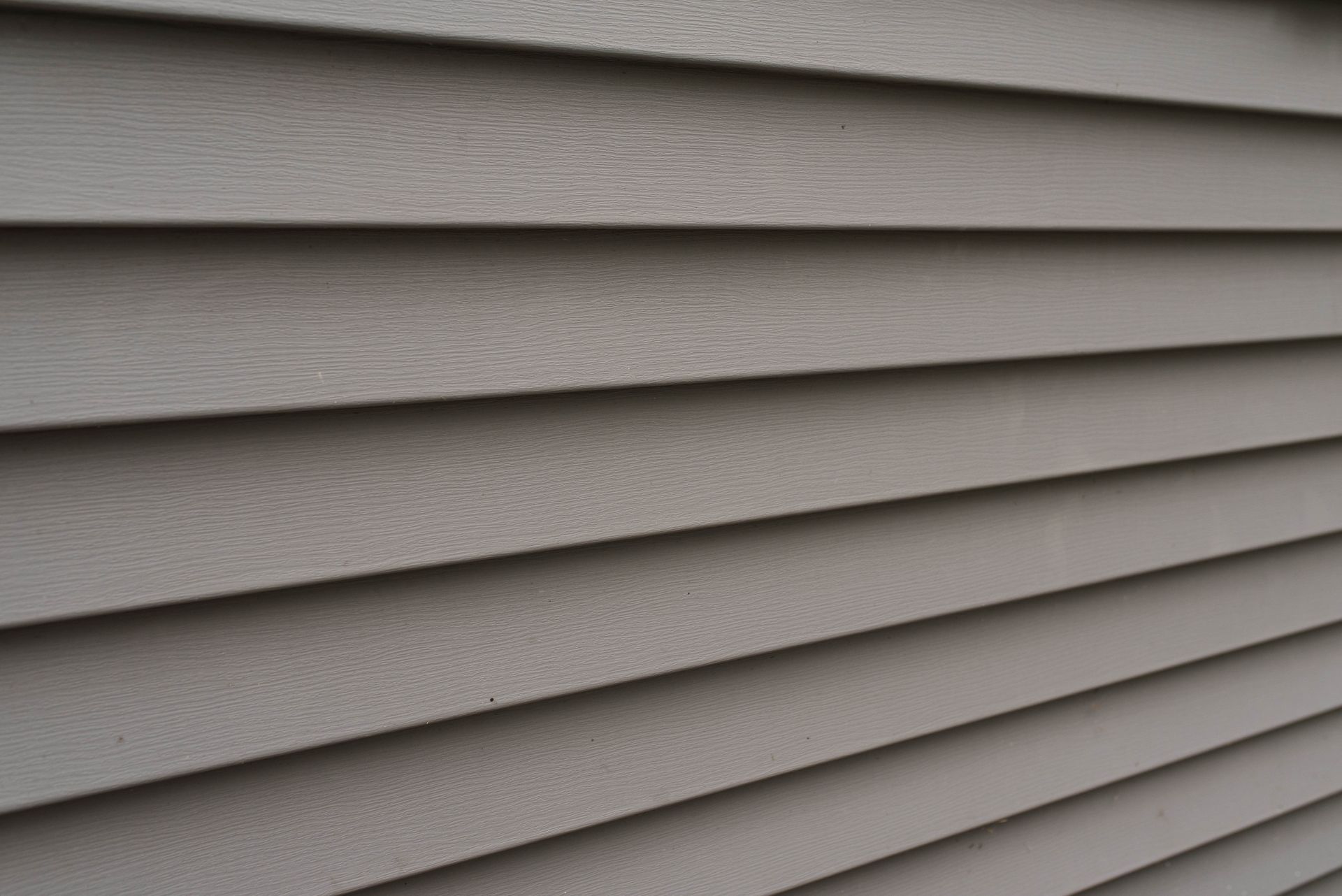


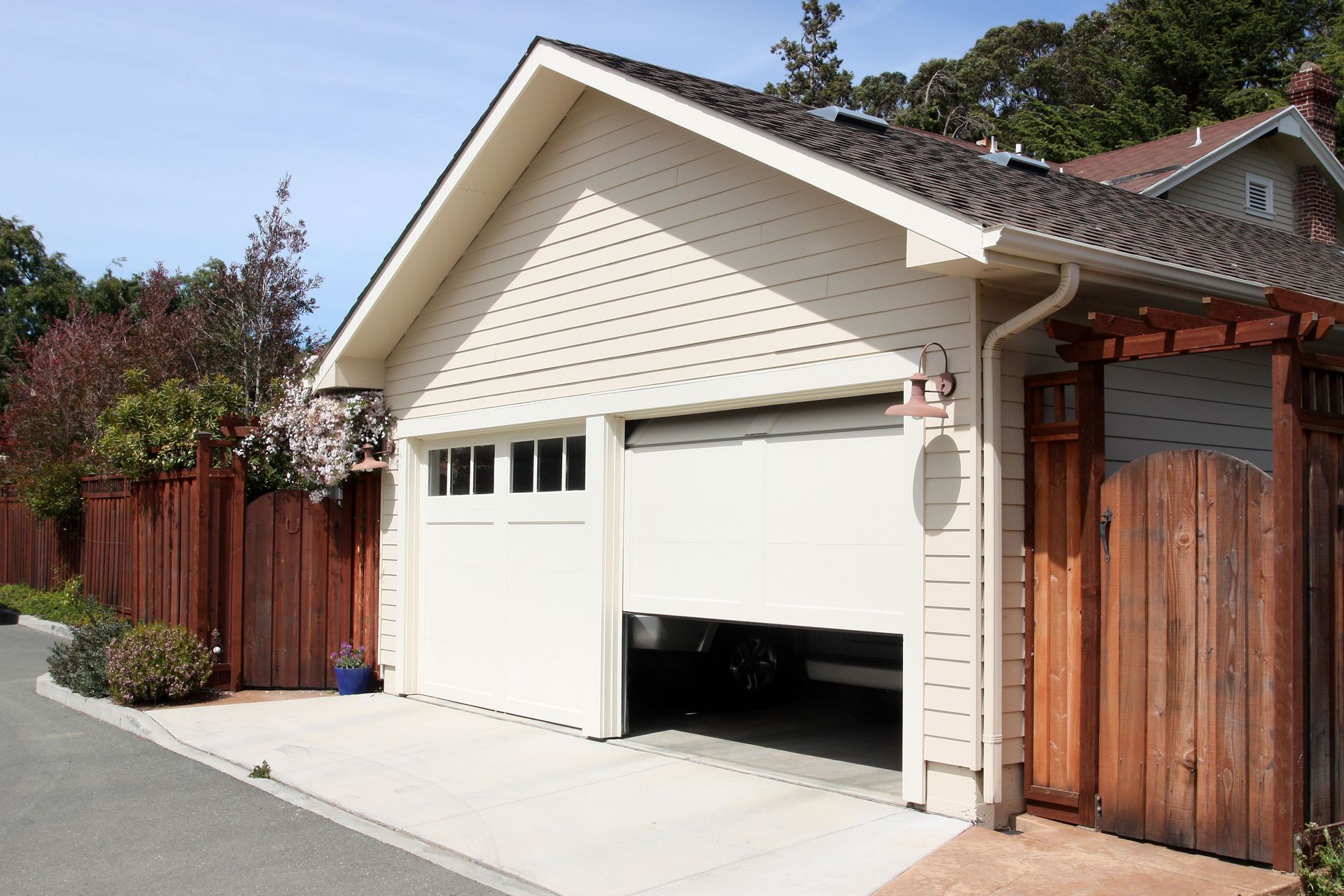
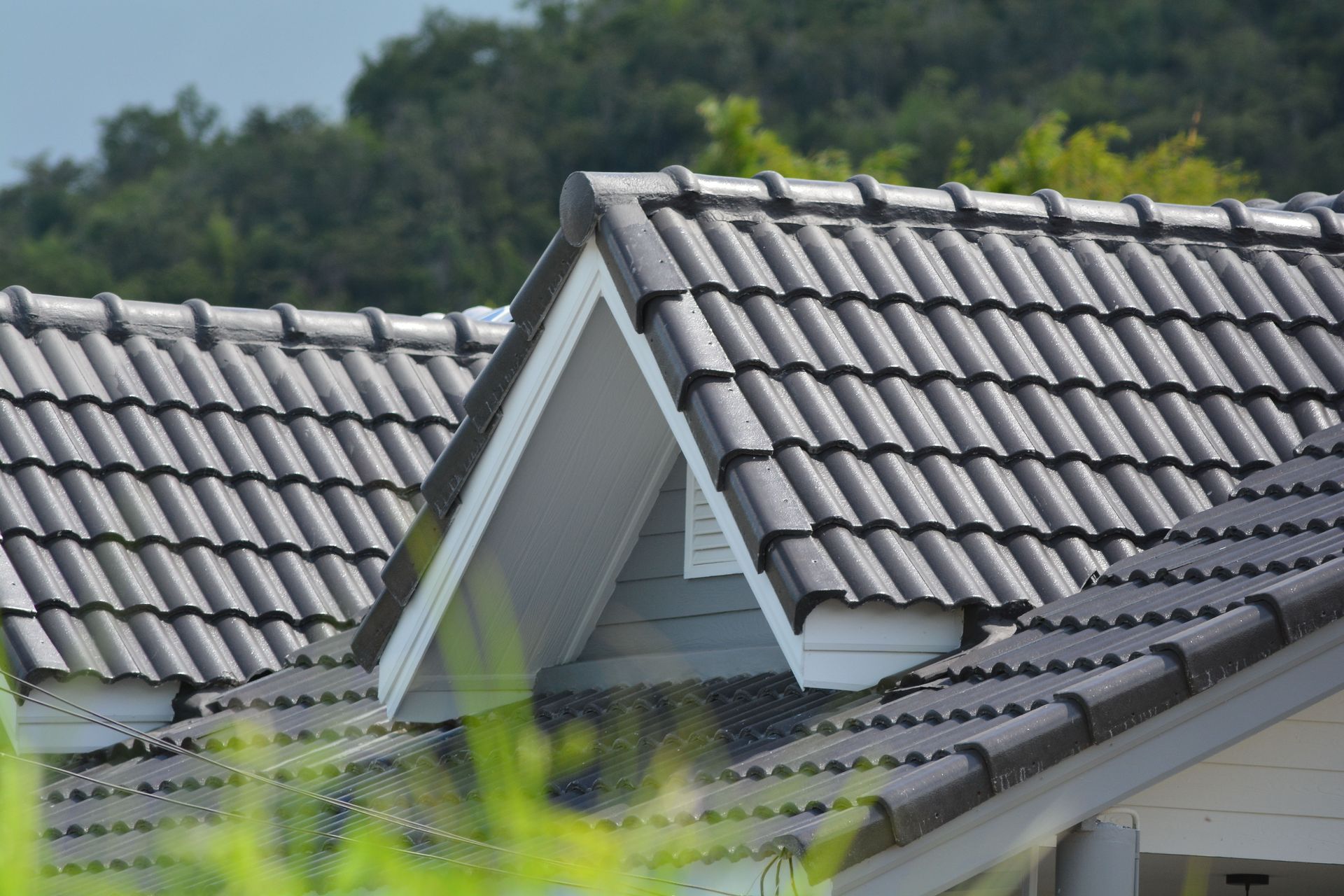
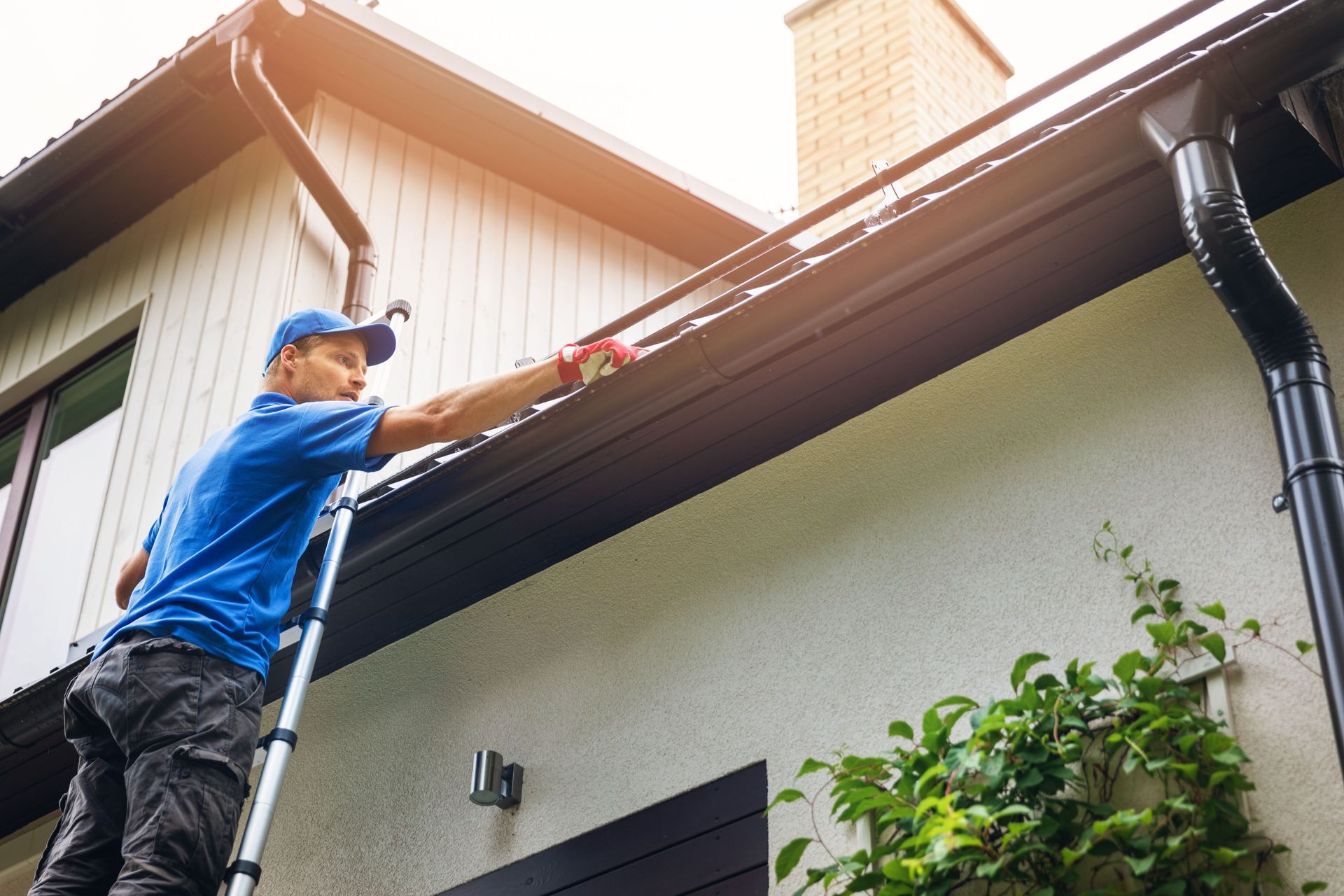
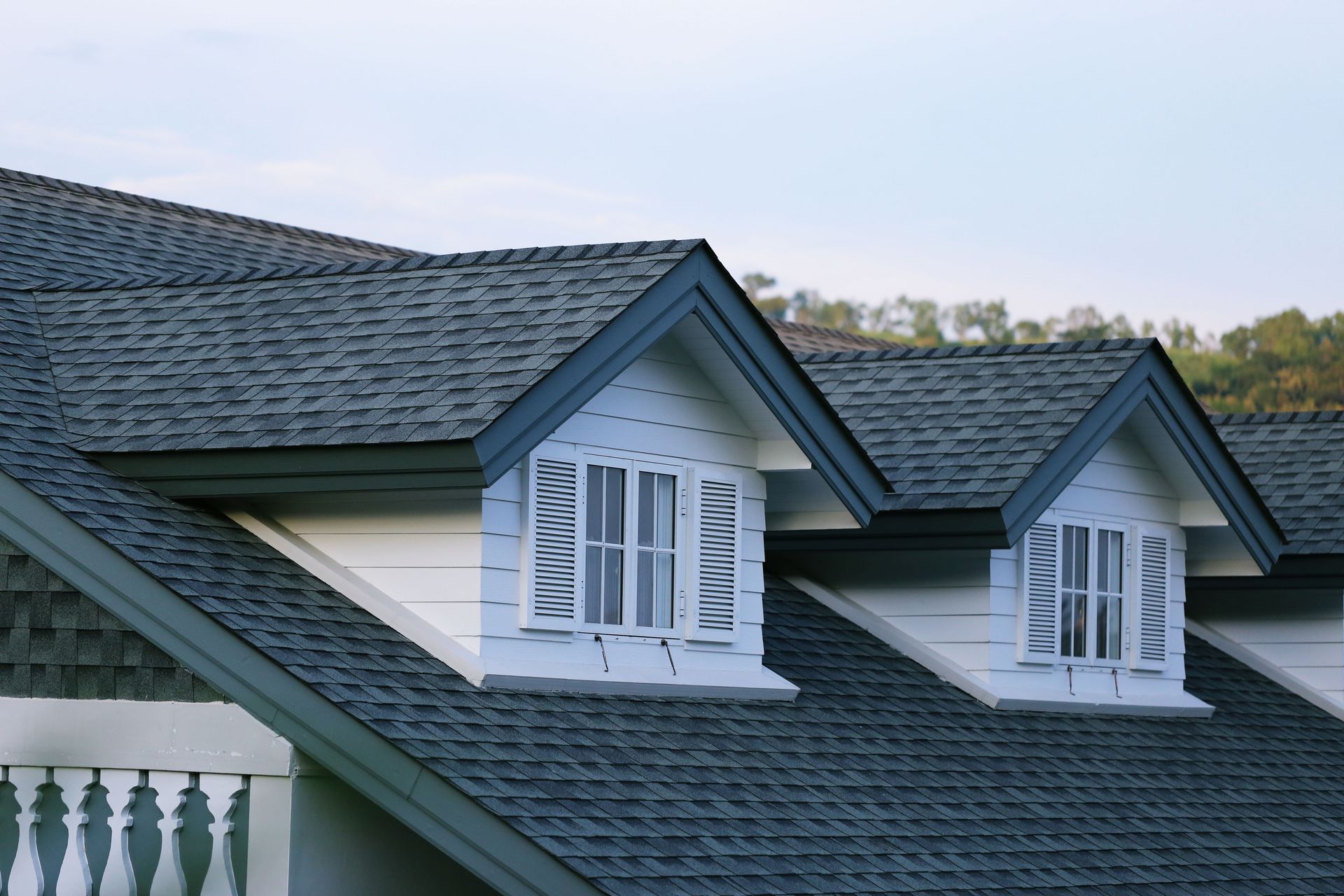

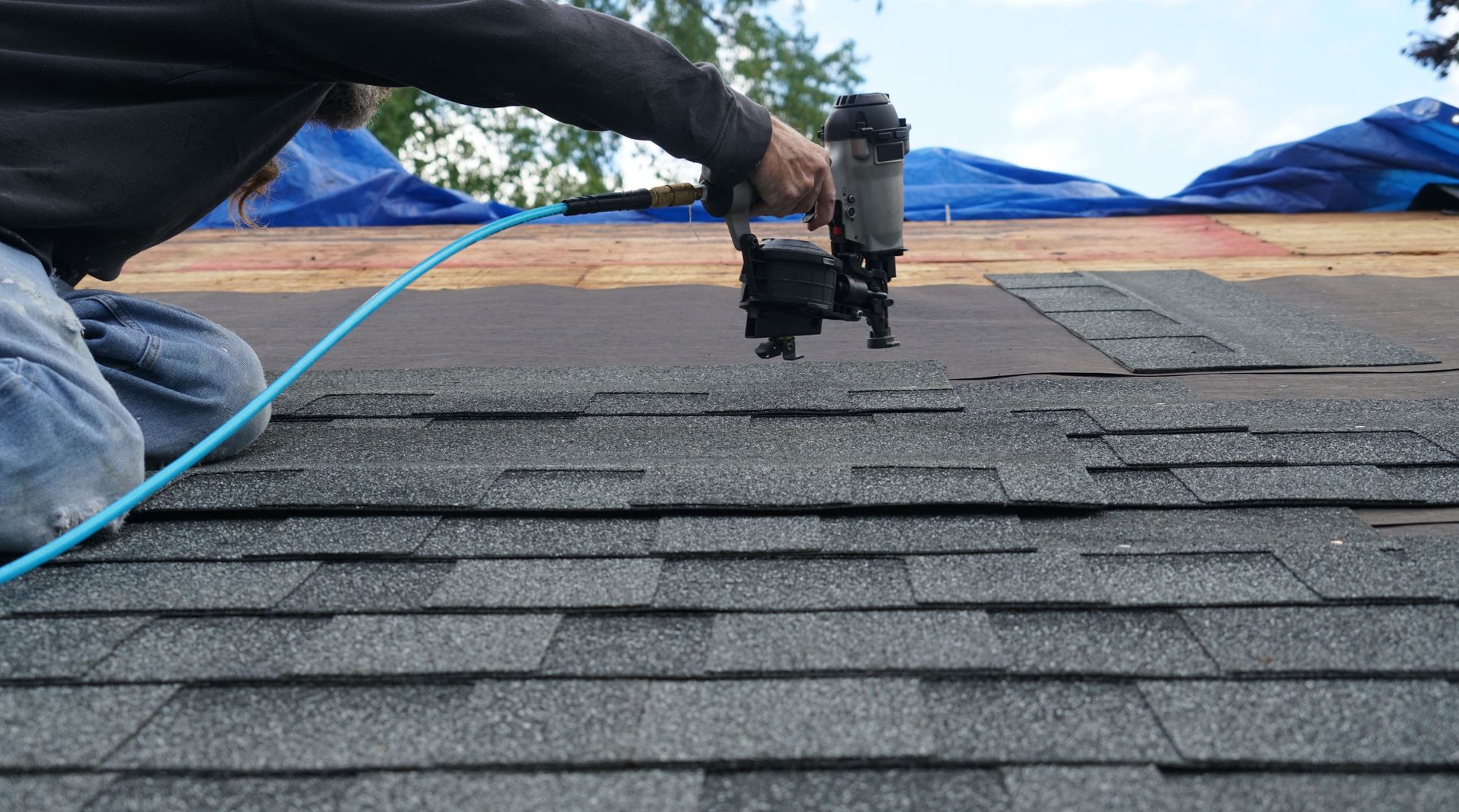


Share On: